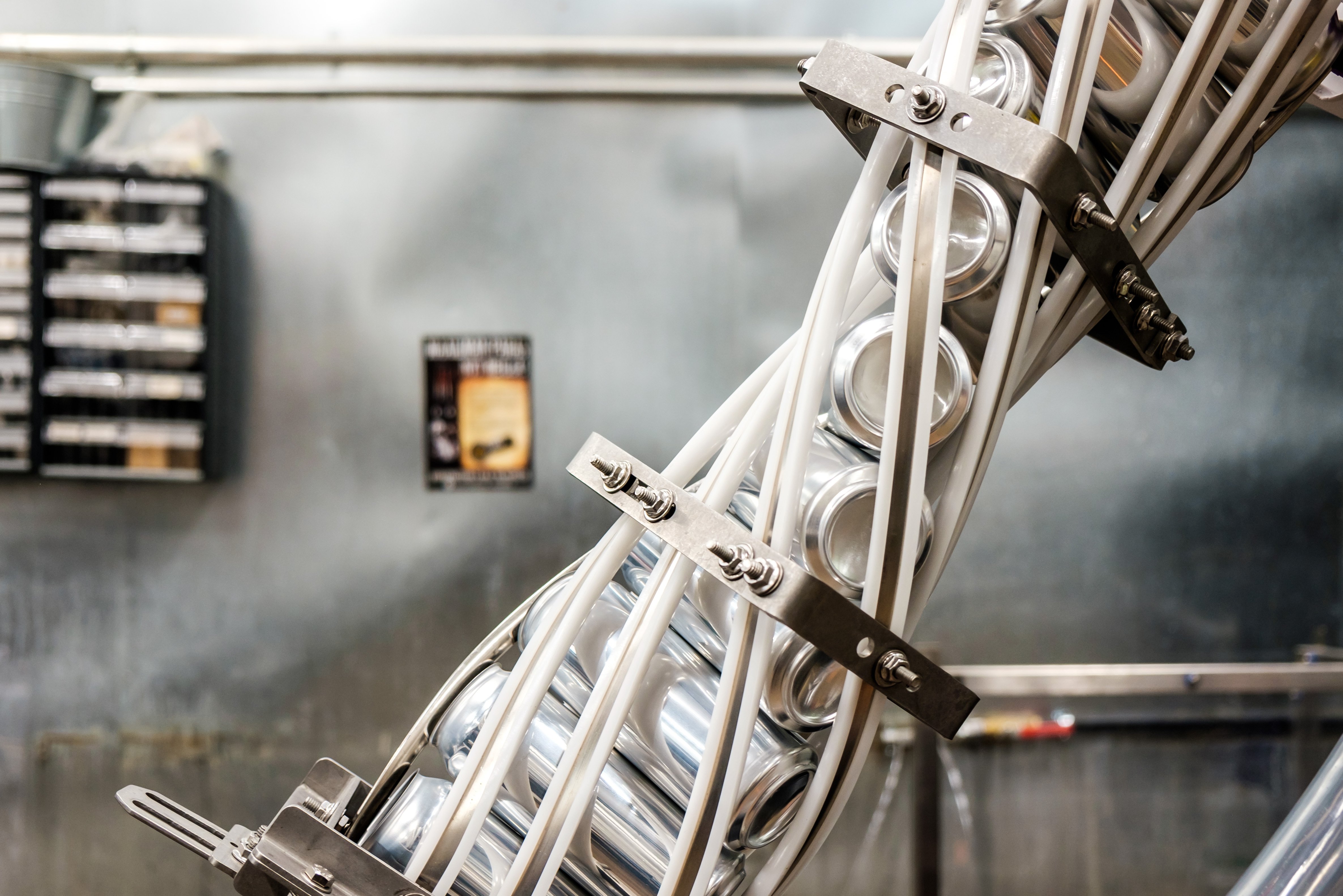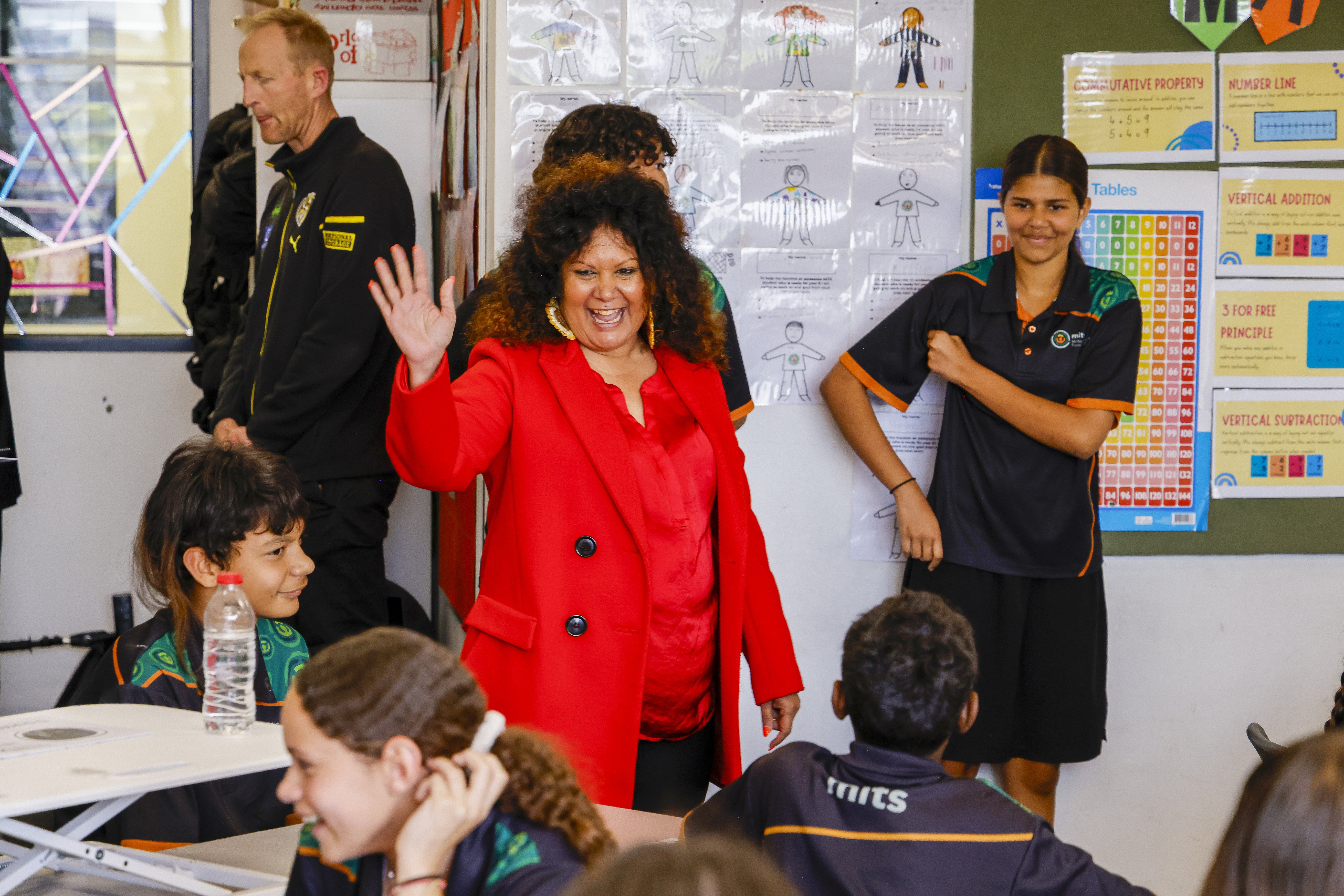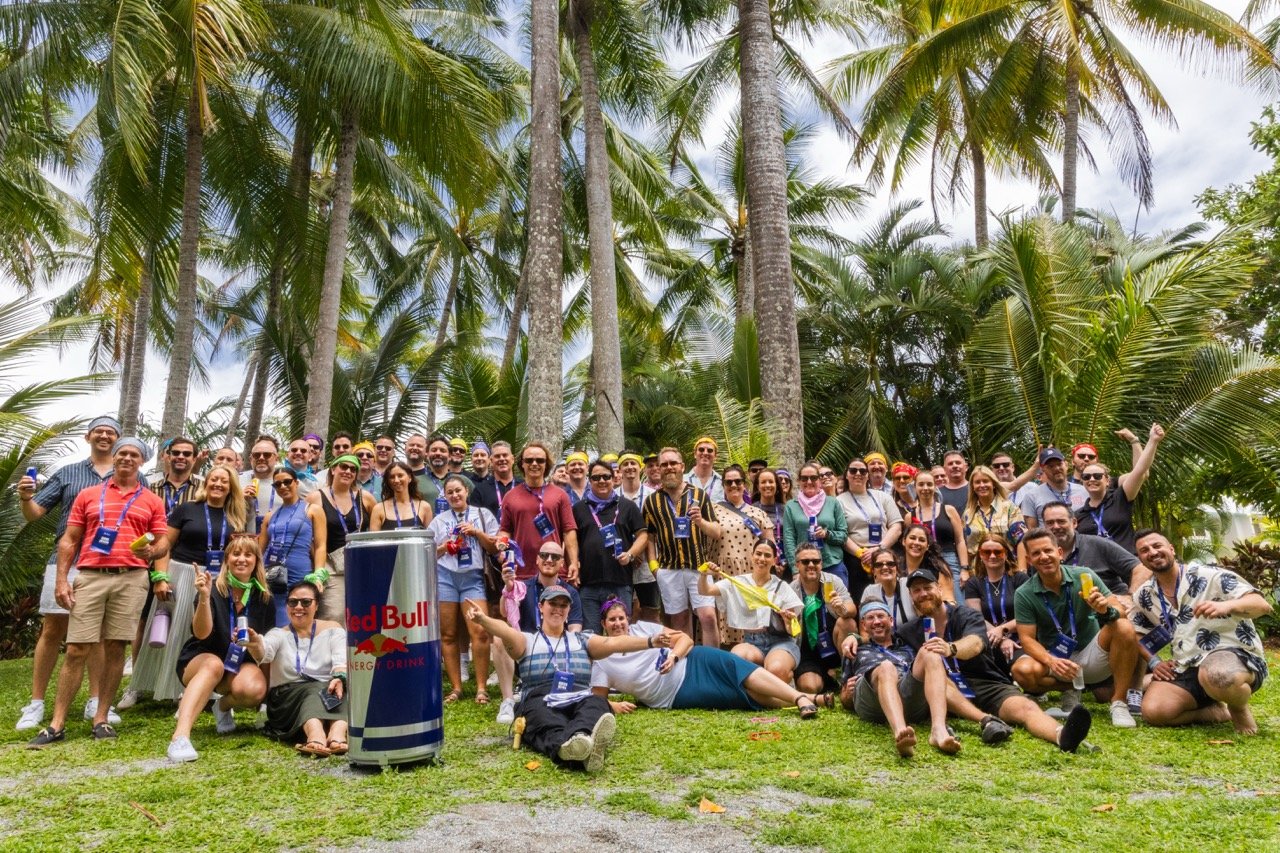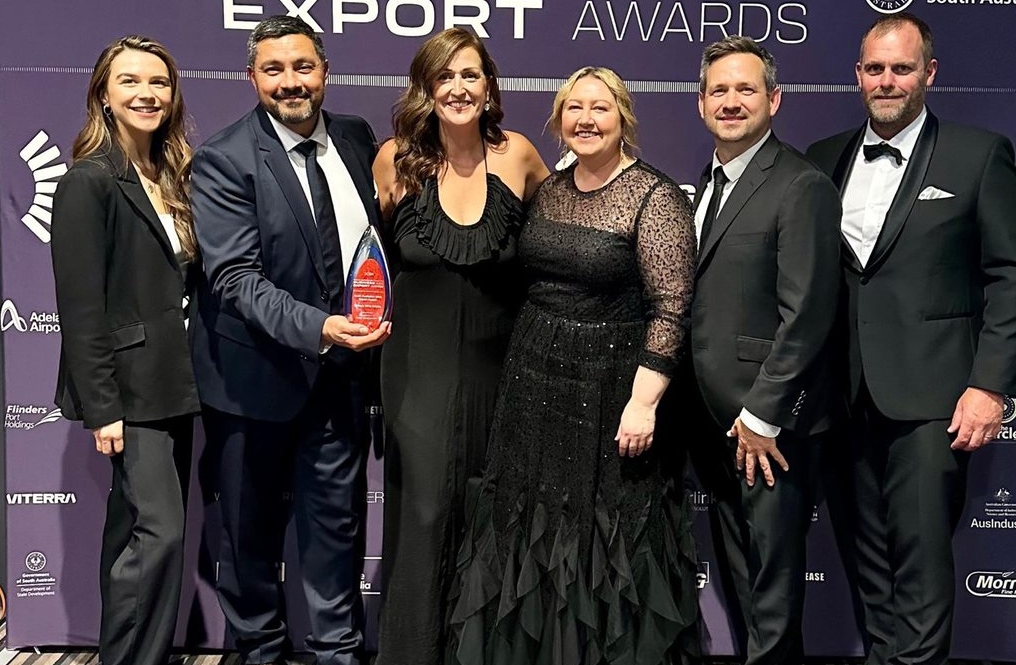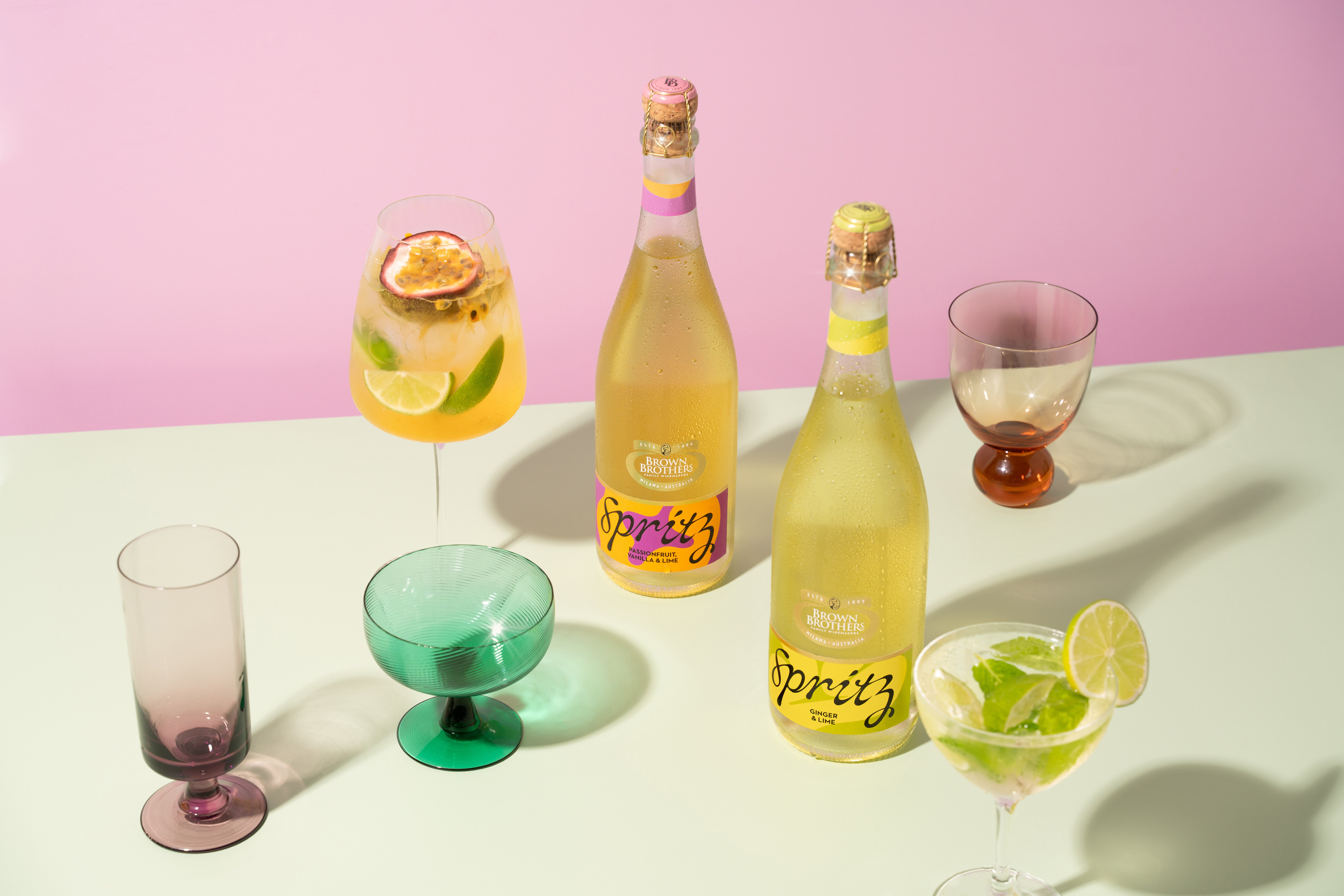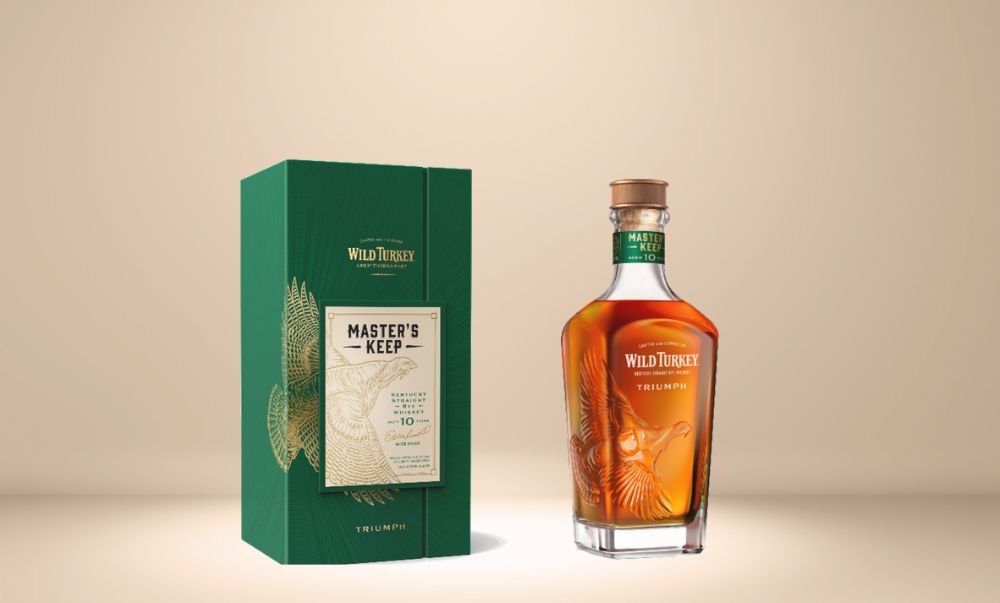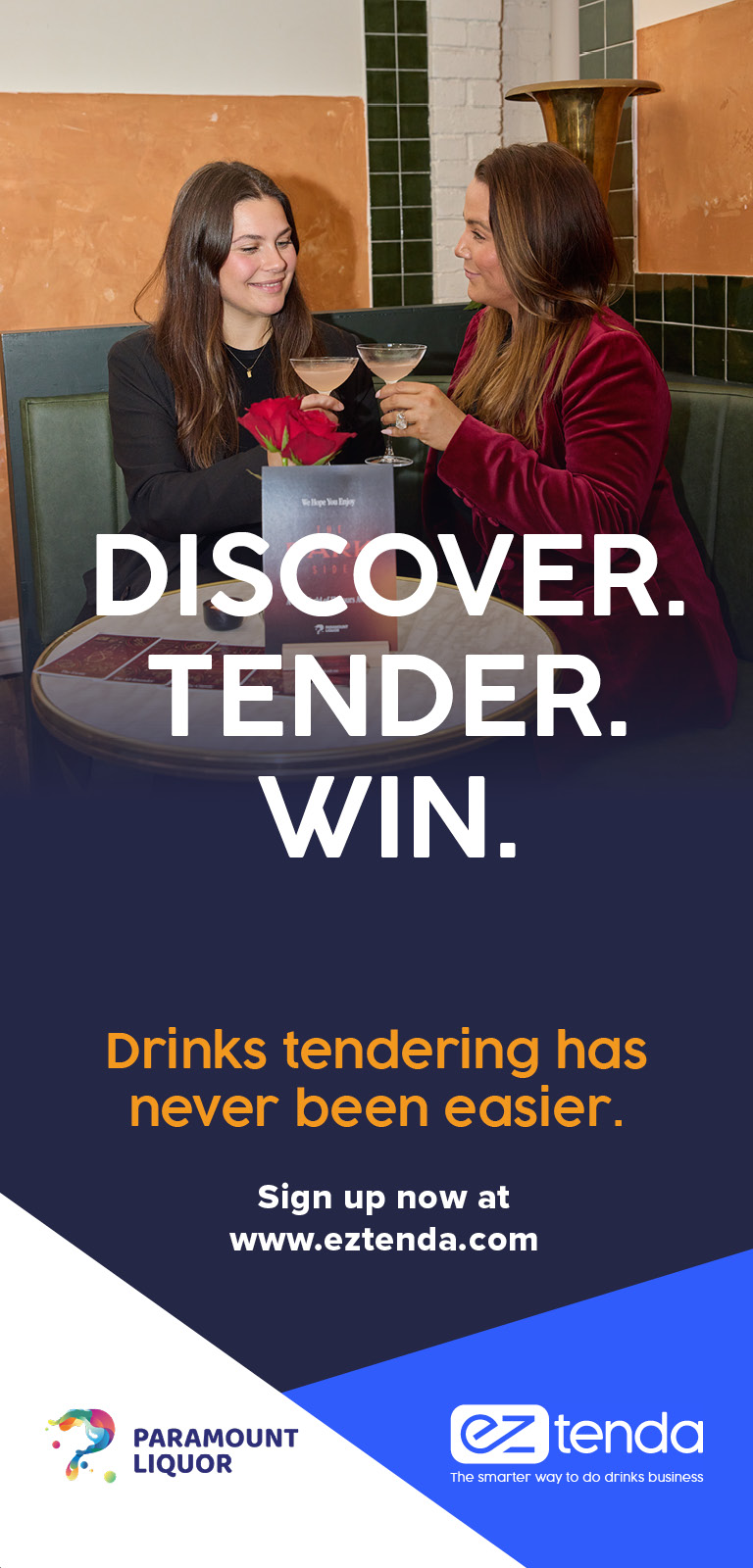Less than a month after releasing its first RTD, Coca-Cola has a new innovation: a transparent version of Coke called Coca-Cola Clear.
According to My Navi, Coca-Cola Japan came up with the concept, while the company’s US headquarters spent a year developing it. More than 50 samples were created, removing the caramel that gives Coke its traditional flavour. The final product a zero calorie version with caffeine and a splash of lemon.
The clear carbonated drink will be released in Japan on June 11.
Kotaku reports that Coca-Cola did not follow rival PepsiCola Inc.'s introduction of Crystal Pepsi in the early 1990s, which flopped, but did release Tab Clear, a see-through version of Tab. Coca-Cola did, however, reportedly make a "white Coke" after World War II for Soviet Marshal Georgy Zhukov.
While Coke Clear is currently a Japan-only release, other Japanese versions have previously made their way to Australia.
Last year, a variant of Coca-Cola with coffee was sold from a vending machine exclusively in Japan, before ultimately expanding to Australia. Other brand experiments have included Coca-Cola Peach, which launched around the world in January.
Summer big for Coca-Cola in Japan
Coca-Cola focusses on releasing its latest innovations in Japan during the country's summer, with the market 1.5-times larger during the season.

Also on the market for the first time is an alcopop called Lemon-Do, which mixes distilled shochu with flavoured carbonated water. It goes on sale in Japan today and is available with 3%, 5% and 7% alcohol, including a salty-lemon version and another that is flavoured with honey and lemon.
“We’ve started to experiment because, in the end, we are trying to follow the consumer. And, in the case of Japan, this is a relatively well-developed segment of low alcohol,” said James Quincey, the president of Coca-Cola, at a shareholder meeting on April 26.
Jorge Garduño, Coca-Cola’s Japan president, added: “This is a canned drink that includes alcohol; traditionally, it is made with a distilled beverage called shochu and sparkling water, plus some flavouring. We haven’t experimented in the low alcohol category before, but it’s an example of how we continue to explore opportunities outside our core areas.
“The Chuhai category is found almost exclusively in Japan. Globally, it’s not uncommon for non-alcoholic beverages to be sold in the same system as alcoholic beverages. It makes sense to give this a try in our market.”
The Chuhai market has hundreds of flavour varieties and has seen growth fluctuate between 5 and 25% year on year since 2013.
Share the content

